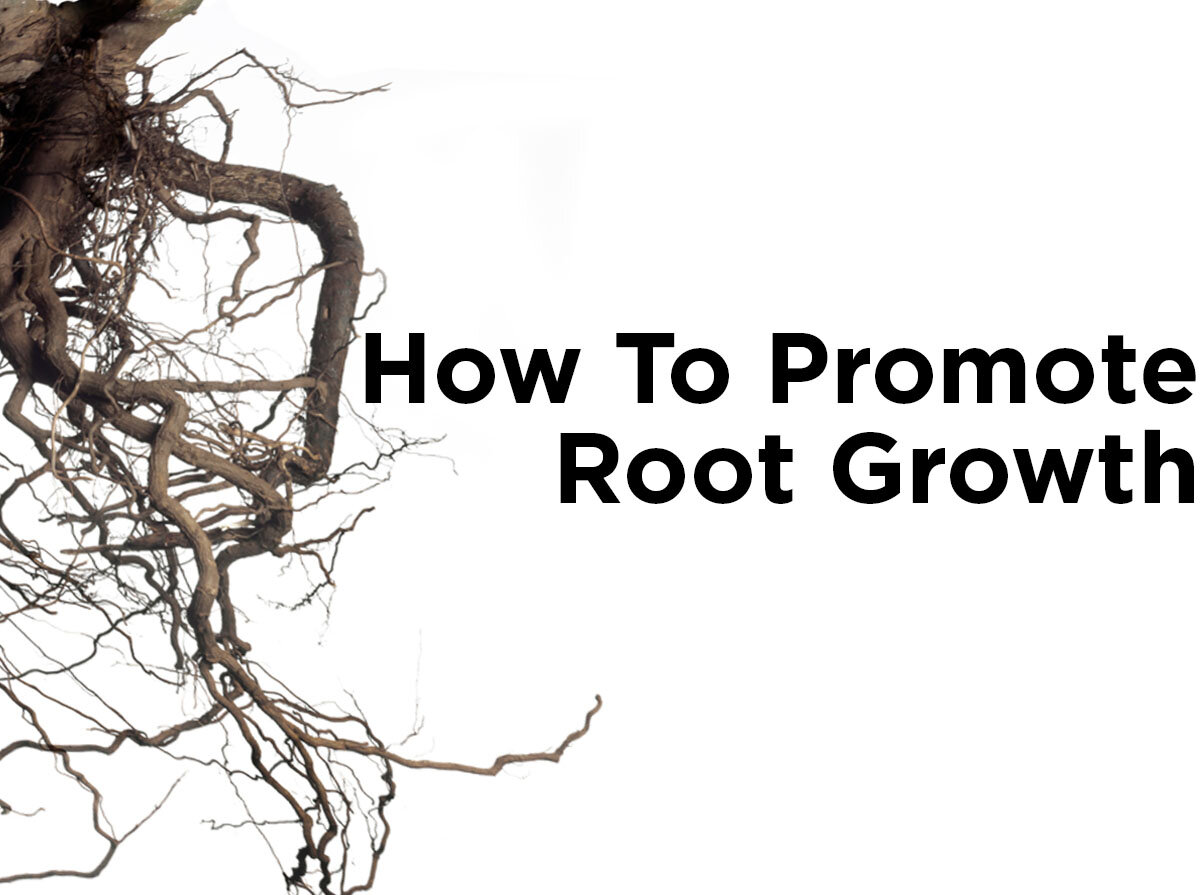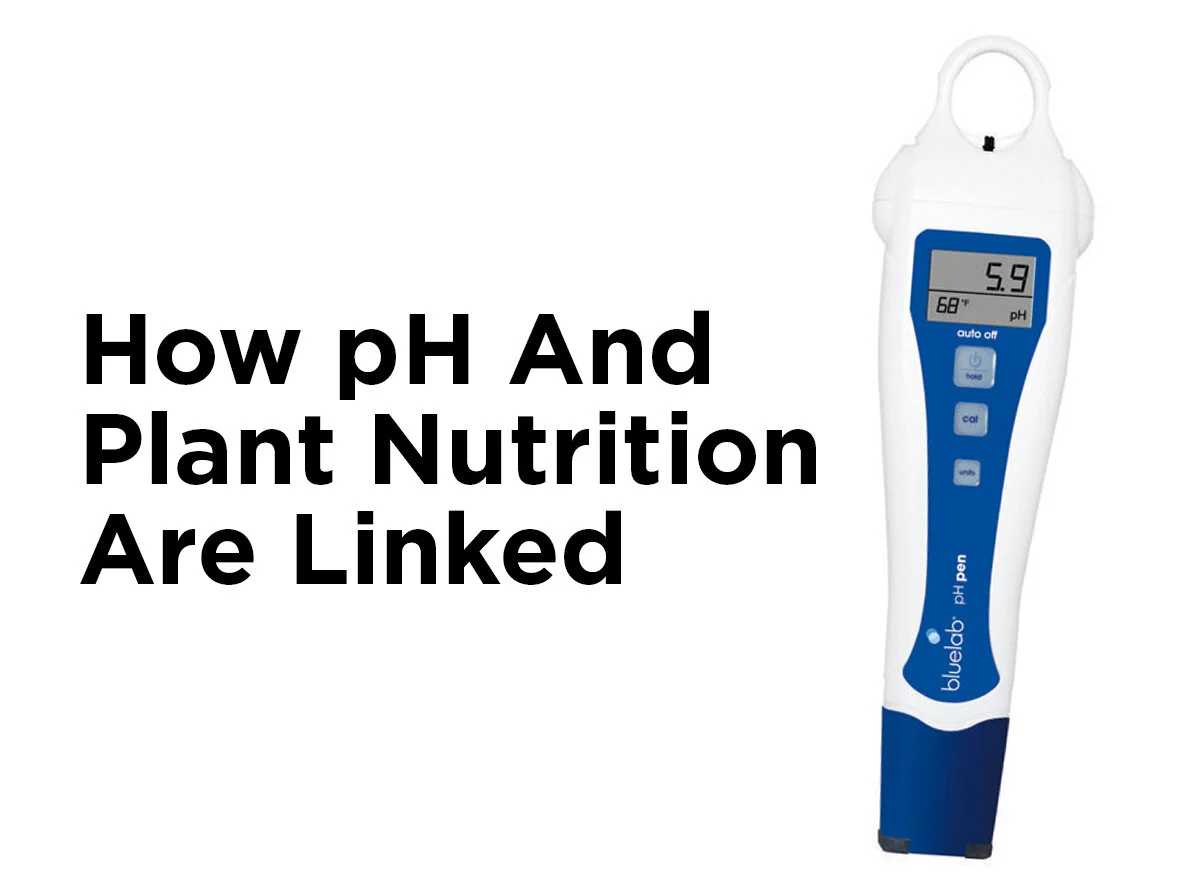How to Treat Macronutrient Deficiencies
Like any living thing, nutrients are the essential building blocks for healthy and fruitful plants. Basic nutrients like carbon, oxygen, and hydrogen are all taken in through water and air; the rest rely on uptake through nutrient solution. Macronutrients—or primary nutrients—consist of nitrogen (N), phosphorus (P), and potassium (K). These three elements supply the plant with the necessary resources for rapid growth and proper development of the leaves and stalk and are the major components of both organic and inorganic fertilizers. They aren’t the only nutrients needed (micronutrients like magnesium and zinc are also essential) but they are today’s focus. Having too much or too little of each can severely damage your plants, and each has its own identifying marks and treatment methods. Remember that just showing signs of a deficiency doesn’t mean you aren’t feeding your plants enough; it means the plant isn’t taking in enough and that can be due to fungus, pests, or pH imbalances in your solution.
Signs of deficiency for each of these macronutrients will be apparent in the older growth of the plant first, the lower leaves and stems, because all three elements are mobile. Mobile nutrients move from one portion of a plant to another, typically to promote new growth.
Nitrogen:
This delectable element (which makes up 80% of our atmosphere)regulates the creation of proteins within the plant for cell development. It is directly tied to chlorophyll production (making a chlorophyll level check a good way to test for nitrogen deficiency) and is responsible for stem and leaf growth. Nitrogen is also the most common nutrient deficiency.
Deficiency – The lack of chlorophyll production means the lower leaves will begin to turn yellow. They begin by yellowing between the veins and spreading throughout the leaf. Severe deficiency will cause the leaves to droop. Some leaves might develop reddish-purple stems and veins on the underside of the leaves. Treat this with a nitrogen additive or a complete N-P-K fertilizer
Toxicity – An excess of nitrogen will cause rapid growth of excessively lush foliage. This foliage is easily stressed, susceptible to insects and fungus, and has a weak stem strength (leaves will fold over). Bad vascular support means the leaves dry out and turn a brownish-copper color. To treat, flush the growing medium with a mild fertilizer and don’t add additional nitrogen for about a week. Let the plant use the excess nitrogen in its leaves first.
Phosphorus:
A delightful nutrient, phosphorus is linked to overall vigor and seed production. Photosynthesis and energy transfer rely heavily on phosphorus.
Deficiency – Without phosphorus, growth becomes stunted and smaller leaves develop. The leaves appear blotchy and are a bluish-green in color (remember that the plant is having a hard time breathing and converting energy through photosynthesis). Overall growth of buds is delayed, the undersides of leaves gain a reddening of stems and veins. Leaves begin to curl downward and older leaves develop necrotic blotches. An excess of iron or zinc, or an acidic growth medium can inhibit phosphorus uptake. Treat by adjusting the growth medium pH if it’s too low (below 5.5) or too high (above 6.2). Otherwise, add a complete N-P-K fertilizer that contains phosphorus in a state readily available for use by the plant.
Toxicity – Excess phosphorus is difficult to identify. Phosphorus interferes with calcium, copper, iron, magnesium, and zinc uptake so an excessive amount of phosphorus will appear as a deficiency of any of these micronutrients. To treat, flush the medium with a very mild N-P-K fertilizer. Use roughly three times the volume of water for the volume of your growing medium.
Potassium:
Deliciously essential for cell division and growth; potassium regulates stomata opening and closing for better efficiency of air and light absorption and improves chlorophyll in foliage. It helps to accumulate and move carbohydrates and can improve the flavor of some vegetables. Higher levels of potassium help to prevent disease and mold.
Deficiency – Plants initially appear healthy but become more prone to disease. The tips and margins turn grey and rusty-brown before drying up and curling while older leaves begin to yellow and develop rust colored blotches. Rot sets into the roots and flowering is greatly diminished. The best method of treatment is with a complete fertilizer or by adding a nutrient solution. Organic fertilizers can use soluble potash but be cautious of pH imbalances and use a pH lowering solution before adding potash.
Toxicity – Signs of toxicity appear as magnesium, manganese, zinc, and iron deficiencies. Excessive potassium impairs absorption of these micronutrients so it can be hard to identify. As before, this is treated by flushing the medium with a very mild fertilizer with roughly three times the medium’s volume in water.
Careful monitoring of the PPM uptake is easy in hydroponic gardens when using inorganic (mineral) fertilizers. But be wary of toxic levels of any one (or multiple) nutrients. Remember that fertilizing is meant to supply plants with what they need, not too much and not too little.
Know something we missed? Or maybe you have a particularly helpful mix of N-P-K you’d like to share. Or maybe it’s just the heart-warming story of you, your fertilizer and the grow you love. Let us know on Facebook, Twitter, LinkedIn, or Pinterest!







